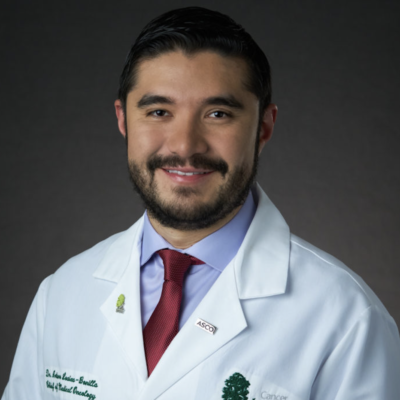Maybe lawmakers intended Medicare to be as simple as A, B, C. The buckets for various medical expenses are, after all, neatly separated, with each assigned its own letter of the alphabet. Part A for hospital costs, Part B for doctor’s office visits and services, and so on.
Simple, right?
But since Medicare’s inception, both medicine and the practice of medicine have evolved. Today, Medicare is complex. Nowhere is that more evident than in Part D, Medicare’s prescription drug plan.
The payment structure alone feels like a maze for patients. First, they must meet their annual deductible. Then they qualify for initial coverage. After that they reach the coverage gap, the infamous “donut hole.” Then comes catastrophic coverage. Understanding where you are in the coverage maze is a task by itself. But the real challenge is figuring out how to pay your out-of-pocket costs, and what to do when cost issues become the driving factor in cancer treatment decisions.
Chemotherapy illustrates the point. Traditional IV chemotherapy requires patients to come to an infusion center several times a month and spend most of the day sitting in a chair, hooked up to an infusion pump. Then come the side effects: Nausea, fatigue, mouth sores, hair loss. Patients repeat the process every couple of weeks, sometimes for many months or years, depending of the stage of their cancer.
Oral oncolytics, on the other hand, can be picked up from a specialty pharmacy and taken at home. Their introduction has been life-changing for seniors who struggle with mobility, or who may not have a local family member or friend to transport them to and from chemo treatments and nurse them through the side effects that follow. In addition, many of these drugs are now part of a growing portfolio of precision medicine treatments, improving outcomes and reducing side effects.
But oral chemotherapy and targeted therapy pills can run tens of thousands of dollars a month. This cost presents a real problem for patients. Depending upon where they are in the Medicare coverage maze, they could be paying as much as 25% of their prescription drug costs. Even seniors who reach the catastrophic coverage phase have an interminable 5% co-pay, which can add up to a lot for beneficiaries living on a fixed, modest monthly income.
The problem is that “simple” Part D wasn’t designed for complex, expensive drugs like oral oncolytics. I’d argue policymakers had basic prescription drugs like generic antibiotics in mind when they crafted Medicare’s prescription drug plan. Their idea was a simple medicine available at a low cost for seniors. Paying five percent, or even 25%, of the cost of such drugs wouldn’t cause anyone to forego utilities payments or skip meals.
Yet these are the measures some seniors must take. Sometimes I also learn my patients have halved pills or skipped doses. This behavior can reduce the efficacy of the treatment. After all, cancer won’t take a break on patients’ “off” days. Some patients don’t reveal their financial situation at first but then come back for a follow-up visit and tell me they can’t pay for their medicine.
I try to link them with support programs and social services. Sometimes it’s enough. Other times, it’s not, and I must reconfigure treatment plans. That may mean switching them to IV chemotherapy, which is covered under Medicare Part B and can have lower out-of-pocket payments for patients. We may have to make this switch even if I don’t think it’s the best treatment for the patient, and even if it could lead to higher system-wide medical costs down the line.
Cancer patients’ Medicare problems may be complex, but I believe at least one solution is very simple if there is enough consensus. These patients need out-of-pocket caps on their Part D spending, limits to what they may have to pay, in total, for their medications in a given calendar year.
Caps are standard for traditional commercial and exchange health plans. They allow patients to know when they sign up what their maximum out-of-pocket will be. They also put a commonsense limit on the financial toxicity that seniors may face. No one, least of all seniors with cancer, has endless funds to cover unlimited prescription medication costs.
Financial toxicity is a real issue that we can help to improve. I urge policymakers to revisit Part D with a renewed commitment to simplicity. Because, plain and simple, seniors need spending limits that allow them to focus on fighting cancer, not fighting medical expenses.
This post is part of IfPA’s “By All Accounts” blog series. Each month, a different guest author – and a different story – adds a new piece to the common narrative of how insurance practices meant to control costs are instead hurting patients.

